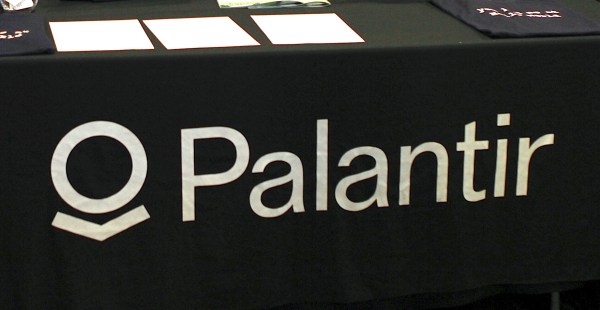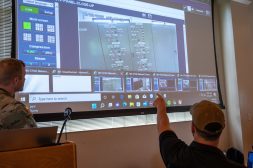DARPA taps software company for terrorist threat modeling

A Virginia software company has been tasked with helping the Defense Advanced Research Projects Agency model where the next terrorist attacks could happen.
Arlington-based IvySys Technologies said Tuesday that it had secured a potential $4.6 million contract from the U.S. Air Force Research Laboratory to support DARPA’s Modeling Adversarial Activity program.
The MAA program began in 2017 to produce warnings about “weapons of mass terror” (WMT) attacks by using mathematical and computational techniques to help determine their likelihood, based on intelligence “that is uncertain, incomplete, imprecise and contradictory.”
IvySys officials said in a statement that the company would supply the program with automated synthetic data generation capabilities to fuel the program’s research phase. Because of privacy concerns and issues with using classified information, the program basically has to use fake data that is based on realistic situations. IvySys, a certified Small Disadvantaged Business, specializes in analytic software solutions that monitor background information like bank transactions, inventory shipments and other data points to model possible WMT scenarios.
During the initial two-year research phase, the MAA program’s goal is to develop threat modeling methods that can be used to detect terrorist activity that requires further monitoring or validates leads from traditional intelligence sources. The MAA program allows for multiple streams of data to be used in detecting the likelihood of a possible WMT attack.
“While the probability that any one of these channels will reveal that a WMT threat is low, taken together the probability of detecting a WMT threat will be increased,” DARPA officials said in a 2016 broad agency announcement of the program. “MAA will create synthetic transaction data sets of sufficient realism to drive the development of techniques that can perform on real-world data.”
Phase 2 of the MAA program, which is projected to start in 2019, will focus on developing a prototype of the modeling system based on Phase 1 research.
IvySys officials said in a statement that they hope to provide synthetic transaction data generation software and realistic datasets composed of 10 billion entities and 1 trillion transactions by the end of the MAA program.
“It would be difficult to overstate the lack of meaningful test data for evaluating tools that produce indications and warnings of adversarial efforts,” said Dr. James A. DeBardelaben, president and CEO of IvySys Technologies, in a statement. “IvySys looks forward to building on our partnership with DARPA to confront this intelligence analysis challenge and support the government’s mission to protect our country and save lives.”






